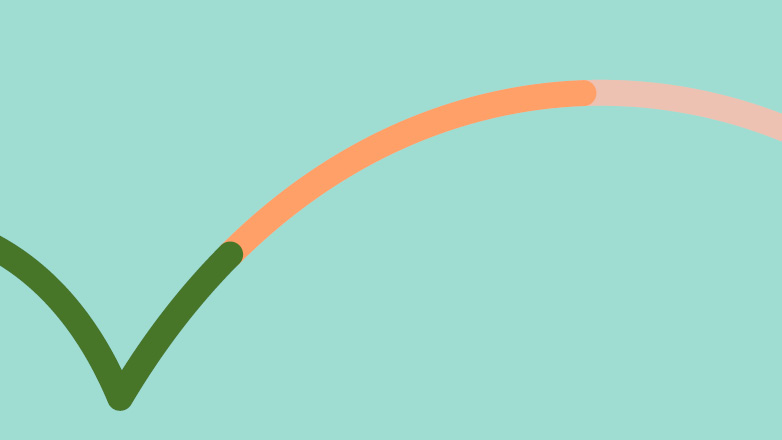The debate on AI-created art and copyright protection
In August 2023, a US judge ruled for the first time in the generative AI era that AI-generated art cannot be copyrighted. We take a brief look at this decision and whether courts in Germany and the EU would likely decide in a similar fashion.
What did the US federal judge decide?
In the judgment by a US federal court, works generated by artificial intelligence (AI) were deemed ineligible for copyright protection.
The case centered on a visual image titled "A Recent Entrance to Paradise", which was autonomously produced by an AI tool named the “Creativity Machine”. The AI's creator sought to have his AI recognised as the holder of the copyright. Although he contended that the AI-generated art should qualify for copyright even in the absence of human intervention, the US District Court for the District of Columbia disagreed and ruled that “human authorship is a bedrock requirement for copyright.”
This decision is consistent with earlier rulings by US courts and the US Patent and Trademark Office (USPTO), which emphasise that intellectual property rights should only apply to works created by humans.
How does this US stance align with the German and EU position
Both Germany and the EU consider that a work must originate from a human creator to qualify for copyright. Following the European Court of Justice’s (CJEU) decision in Cofemel (C-683/17) in September 2019 ), a “work” is an independent concept when the following two criteria are met:
- It must represent an original intellectual creation of its author, and
- Only elements expressing such a creation should be considered as a “work.”
According to the CJEU's established jurisprudence, an object is original only if it reflects its creator's personality, showing their independent creative decisions.
This perspective is enshrined in Germany's Copyright Act (Sec. 7 UrhG), which says, “The author is the creator of the work.”
Consequently, European copyright law denies copyright to works created “absent any guiding human hand” – a phrase penned by US Judge Howell in the above case.
If a work is entirely automated: Mirroring the US case, an image completely birthed by automation, lacking human input, cannot be protected by copyright under German and European law. This aligns with Judge Howell's assertion about the absence of "any guiding human hand."
Are there possible scenarios in which an AI-generated work may enjoy copyright protection?
Although there is no German decision on this yet, it is conceivable that in certain scenarios, German/EU courts may find that the user of an AI (and not the AI itself) could become the holder of the copyright for AI-generated works. This would seem rather likely in the following situations:
- Minor AI adjustments: Copyright protection for the output is very likely to be established in most cases if the AI makes only minor alterations to a pre-existing copyrighted work. For example, if it only corrects typos in copyrighted text used as input for an AI chatbot, the protection for the original input could extend to the output.
- Specific prompts: If a prompt largely dictates the result, copyright could theoretically apply in rare cases. For text-to-text tools, if the prompt almost describes a poem and only allows the AI to add minor elements, such as certain rhyming words, protection may be rather likely. However, text-to-image generation is trickier since the AI has more latitude to turn words into visuals. The considerable variability by the AI often makes human contributions minor unless there are further prompts or specific human adjustments.
- Interactive processes: The likeliest scenario for copyright protection would be where it involves a “human in the loop”. In this situation, the AI delivers an initial draft, and through multiple prompts or ideally, human revisions, a substantial human contribution surfaces, relegating the AI to a tool of human creativity.
Conclusion
In conclusion, the US and EU appear to currently agree regarding the centrality of human beings in the copyright process. As AI's role in content creation grows, debates about copyright and ownership will undoubtedly increase.



